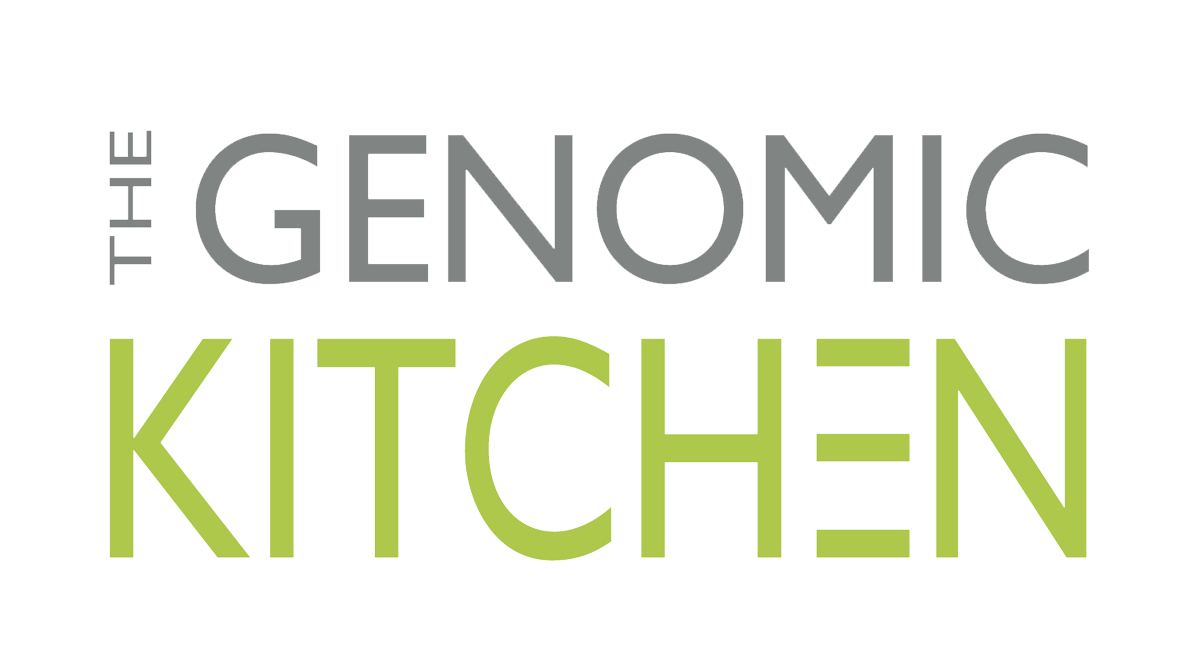SAY HELLO TO BIOACTIVES
/As a health enthusiast, selecting and preparing foods that nourish you is part of your daily routine. No doubt those foods include a bountiful collection of fruit and vegetables claiming their rightful space in your kitchen. Plentiful research shows that produce is both healthy and “good for you,” but now we know even more about how they shape our health. Nutrigenomics, the study of how food relates to our genes, reveals that bioactives play an essential role in the health, and they do so through their unique conversation with our genes.
Food is comprised of carbohydrates, proteins, fat, (macronutrients) vitamins and minerals and of course calories. Genes produce proteins which are both builders and biological supporters in the body. Macronutrients can influence gene behavior, turning some of them on and off, while vitamins and minerals support the work of the proteins that genes produce. Unlike macronutrients, vitamins and minerals bioactives are not listed on food labels, and yet they probably should. They are precious gems for your genes, uniquely able to turn specific genes on and off by signaling or talking to them. Let’s look at how.
In the body, we want to turn genes ON to help us manage oxidative stress. We manage oxidative stress by quenching troublesome free radicals that damage our cells and tissues. We also want to turn genes OFF that create inflammation, if they get stuck in the “on” position. Bioactives act like a biological switch, turning genes on and off. Bioactives can turn on a master gene called NrF2 which produces antioxidant proteins (enzymes) whose principle job is to quench the free radicals I mentioned. Lycopene found in watermelon, grapefruit and cooked tomatoes, and quercetin found in onions, capers, radishes, elderberries and Mexican oregano are examples of bioactives that turn on the NrF2 gene. Interestingly, quercetin can also turn off or block the TNF-alpha master gene. TNF-alpha turns on inflammatory processes which can overwhelm the body if it this gene is left in the on position. Foods containing quercetin offer an excellent investment for your money and your health!
And there’s more to know about bioactives. Beyond simply “good for you,” crucifers are a potent source of a bioactive, sulforaphane. Like quercetin, sulforaphane can turn on NrF2. Unlike quercetin, which resides naturally in some foods, you actually have to create the sulforaphane bioactive because it is not found naturally in crucifers. By chopping or tearing these vegetables you activate a myrosinase enzyme which converts glucosinolates compounds in crucifers into sulforaphane. And just like that, you’ve created a bioactive that talks to your genes!
Now here’s an insider tip. Myrosinase is very sensitive to heat. This means that if you prep your crucifers and start cooking them right away, you destroy myrosinase and precious little sulforaphane is created. Here’s what you do. Either make a salad, slaw or a snack using raw crucifers, this way no heat is involved, or if you want to cook your crucifers, use a “hack and hold” technique. This means prep crucifers according to your recipe, then let them sit for about 60 minutes before you cook them. This allows myrosinase to produce our precious sulforaphane. Sulforaphane is more heat tolerate, so go ahead and cook your crucifers and get your sulforaphane too! Use light and quick cooking methods such as gentle steaming (until the vegetables are al dente), or do a quick sauté.
The art of choosing and preparing food that talks to your genes is called Culinary Genomics. Stay tuned for more recipes and insights into culinary genomics and how to create the best food conversation for your genes and you health.



